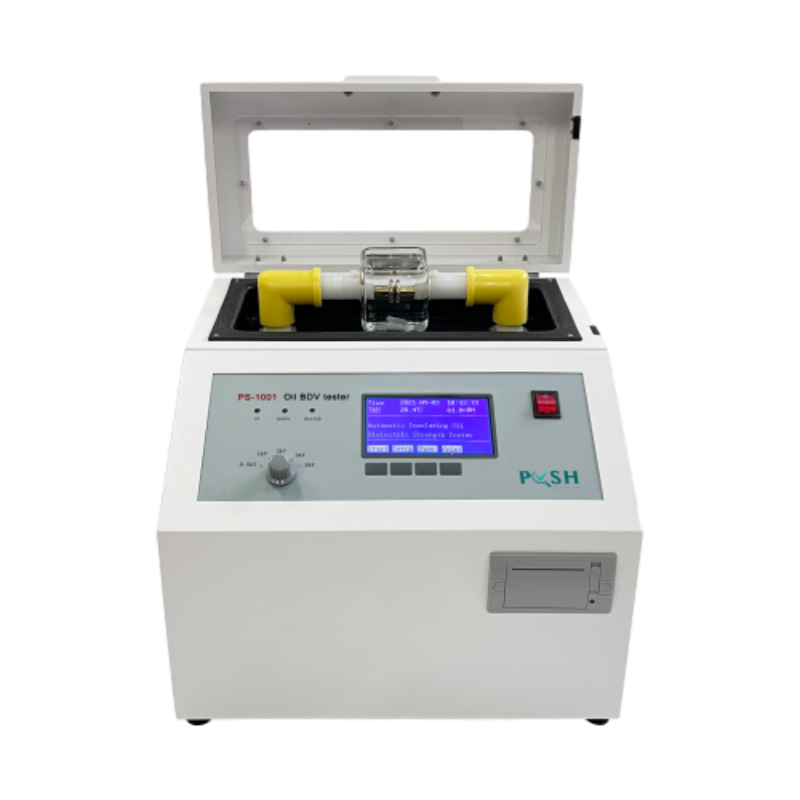 English
English


Understanding the Principles and Applications of Direct Current Dynamos
The Direct Current Dynamo Principles, Applications, and Evolution
The direct current (DC) dynamo, an integral device in the field of electrical engineering, plays a pivotal role in the conversion of mechanical energy into electrical energy. Developed in the 19th century, the dynamo laid the groundwork for advancements in electrical technologies, influencing everything from industrial machinery to today’s renewable energy systems.
At the heart of the functioning of a DC dynamo lies the principle of electromagnetic induction, which was famously discovered by Michael Faraday. This principle states that a changing magnetic field within a closed loop of wire induces an electromotive force (EMF). In the case of a DC dynamo, this involves a rotating coil or armature situated within a magnetic field. As the armature spins—typically driven by a turbine or mechanical source—it cuts through magnetic lines of flux, generating an electrical current.
The Direct Current Dynamo Principles, Applications, and Evolution
The efficiency and reliability of DC dynamos made them the go-to source of power during the early stages of electrification. In the late 19th and early 20th centuries, dynamos were widely used in various applications, including electric lighting, telegraphs, and in powering factories. Their ability to provide electricity reliably spurred economic growth and improved quality of life, making electrical energy accessible to the masses.
direct current dynamo

While the DC dynamo played a significant role in the development of electrical systems, the advent of alternating current (AC) technologies, spearheaded by innovators like Nikola Tesla, gradually overshadowed its prominence. AC systems proved more efficient for long-distance transmission due to the ability to step up voltage levels using transformers, minimizing energy losses. However, DC electromechanical systems remained vital in specific applications, particularly in transportation, such as electric railways, and in electrochemical processes, such as electroplating and battery charging.
In recent years, the resurgence of interest in direct current systems can be attributed to advancements in power electronics and the growing demand for renewable energy sources. Solar panels, for example, naturally produce DC electricity. With the increasing integration of solar energy into the power grid, DC systems are finding renewed purpose. Moreover, batteries—critical components in electric vehicles and energy storage systems—require DC for optimal functionality and efficiency.
Modern innovations have also led to the development of brushless DC motors, which eliminate the mechanical commutator, enhancing durability and efficiency. These devices are now commonplace in applications ranging from household appliances to industrial machinery, showcasing the adaptability and long-lasting relevance of DC technology.
In conclusion, the direct current dynamo has a rich history rooted in the principles of electromagnetic induction and has been instrumental in the electrification of society. While it faced challenges from AC systems in the 20th century, its evolution and integration into modern technologies reflect its indispensable role in today’s energy landscape. As the world increasingly transitions towards sustainable energy solutions, the DC dynamo exemplifies the enduring legacy of electrical engineering and its capacity to adapt and thrive in a changing technological environment. The dynamo’s journey is a testament to human ingenuity and the quest for efficient energy conversion, reminding us of the importance of understanding and harnessing the forces of nature for the betterment of society.
-
Differences between open cup flash point tester and closed cup flash point testerNewsOct.31,2024
-
The Reliable Load Tap ChangerNewsOct.23,2024
-
The Essential Guide to Hipot TestersNewsOct.23,2024
-
The Digital Insulation TesterNewsOct.23,2024
-
The Best Earth Loop Impedance Tester for SaleNewsOct.23,2024
-
Tan Delta Tester--The Essential Tool for Electrical Insulation TestingNewsOct.23,2024





